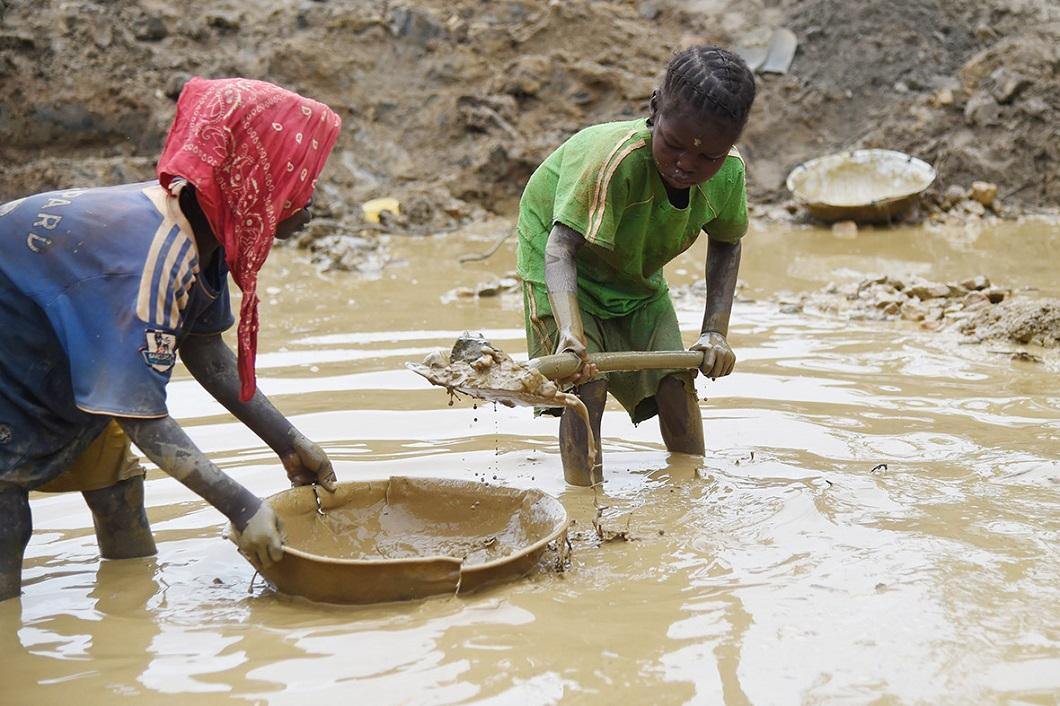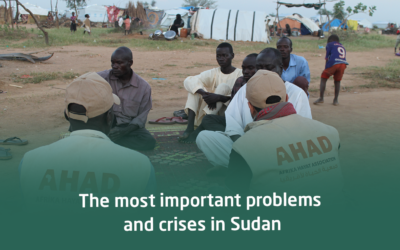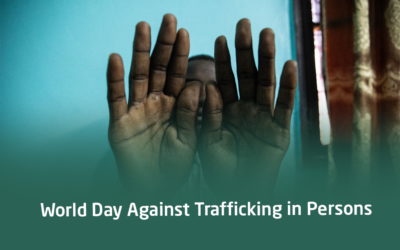World Day Against Child Labor
The World Day Against Child Labor is an annual event celebrated on June 12 every year, this occasion aims to raise awareness and highlight the plight of working children around the world, and call for decisive action to eliminate this phenomenon. This day is organized under the auspices of the International Labour Organization (ILO), a specialized agency of the United Nations, concerned with the promotion of social justice, human rights and labor, through the development of International Labor Standards.
The importance of the World Day Against Child Labor
The importance of this day stems from the urgent need to face the many challenges that stand in the way of millions of children around the world who are forced to work at an early age. Child labor deprives children of their childhood, educational opportunities, and exposes them to physical and psychological risks that may permanently affect their future. The international community celebrates this day by organizing various events such as conferences, seminars, awareness campaigns, all aimed at shedding light on this issue and emphasizing the importance of taking practical steps to eliminate child labor.
The main goals of the World Day Against Child Labor are manifested in the following:
Raise awareness among the general public and decision makers about the plight of working children and the conditions in which they work.
Encourage governments, non-governmental organizations, civil society, academic institutions and companies to take concrete action to eliminate child labour.
Support and strengthen legislation and policies aimed at protecting children from exploitative labor and ensuring their right to education, health and proper development.
It provides a platform for the exchange of experiences and best practices between states and institutions concerned with combating child labour.
International cooperation is an essential element in the fight against child labor. States and international organizations work together to exchange experiences and resources and provide technical and material support to developing countries. Many programs and initiatives are being implemented at the global level, such as the “Global Inclusion” Initiative aimed at promoting quality education for all children, as an effective way to eliminate child labor.
The World Day Against Child Labor is an important opportunity to highlight a global issue that requires immediate attention and sustained efforts. By promoting public awareness, stimulating joint action, supporting effective policies and legislation, we can make great strides towards eliminating child labor and ensuring a better and brighter future for children around the world.
Definition, causes and effects of child labor: a comprehensive vision
Child labor
Child labor is defined as economic activities carried out by children that are harmful to their health, physical, mental or social development, that hinder their education or force them to leave school early. Child labor can vary to include agriculture, industry, services, and even domestic work as servants. Child labor is a serious problem that affects millions of children around the world and prevents them from enjoying their childhood and basic rights.
Causes of child labor
The causes of child labor are numerous and include:
Poverty is the main cause of child labor. Poor families depend on their children’s income to meet their basic needs. In many developing countries, children’s income is essential for family survival.
Children who cannot attend school due to the high costs of education or the lack of good schools often turn to work. Poor or unavailable education pushes children into the labor market at an early age.
Economic crises and wars lead to a significant increase in child labor rates. When the infrastructure is destroyed and the population is displaced, the children are forced to work to help their family survive.
In some countries, laws may be insufficient to protect children from work, or they may not be properly implemented. Weak law enforcement leaves children vulnerable to economic exploitation.
The impact of child labor
Child labor negatively affects several aspects of a child’s life:
Working children are prone to injuries, occupational diseases, physical and psychological stress. Working in hazardous environments or under extreme conditions can lead to serious health problems in the long term.
Work leads children to drop out of school, which reduces their chances of getting a good education and a better future. Education is the way out of poverty, but working children are deprived of this opportunity.
Working children experience psychological and social stresses that affect their emotional and social development. They may suffer from psychological problems such as anxiety and depression due to the heavy responsibilities they take on at a young age.
Economic and social effects
In addition to the direct effects on the children themselves, child labor leads to negative effects on society as a whole. This phenomenon contributes to a continuous cycle of poverty and ignorance, as working children grow into uneducated and unskilled adults, which limits their opportunities in the labor market and promotes poverty.
Efforts to combat child labor
Many efforts are being made at the International and domestic levels to combat child labor. Among these efforts are:
Laws are being enacted that prohibit child labor and impose penalties on those who violate them. Governments must ensure that these laws are effectively enforced.
Educational programs are aimed at providing free and Compulsory Education to all children. Education is the best weapon to eliminate child labor.
Economic initiatives seek to improve the economic conditions of poor families to reduce their dependence on children’s income. Supporting poor families can reduce the need for child labor.
Community awareness awareness campaigns aimed at changing the societal perception of child labor and highlighting its negative effects. Education and awareness raising are key in changing cultural and social attitudes towards child labour.
Child labor is a complex issue that requires comprehensive international and local cooperation to solve. By promoting awareness, enforcing laws, improving education, and supporting families economically, we can work together to eliminate child labor and ensure a better future for all children. Providing a safe and healthy environment for children that enables them to enjoy their basic rights to education and proper development is a goal that we should all strive to achieve.
The establishment of the World Day Against Child Labor: historical background and ongoing significance
The World Day Against Child Labor was established in 2002 by the International Labor Organization (ILO), a specialized agency of the United Nations dealing with labor issues and workers ‘ rights around the world. This day came as a response to the growing global attention to the need to eliminate child labor, a problem affecting millions of children who are forced to work in harsh conditions that threaten their health, education, and general well-being.
The historical context of the establishment of the World Day
At the end of the twentieth and the beginning of the Twenty-First Century, international efforts to combat child labor intensified as a result of increased awareness of the negative effects of this phenomenon on the younger generations. The International Labour Organization, founded in 1919, has played a pivotal role in highlighting this issue through research and studies that have revealed the extent of child labor and its negative effects on society.
The reasons for the establishment of the International Day
Estimates have revealed that there are millions of children around the world forced to work in harsh conditions. These children often work in dangerous and unhealthy environments, are subjected to exploitation, which puts their lives and health at risk.
: Child labor deprives them of their basic right to education, leading to a constant cycle of poverty and ignorance, as children are forced to leave school and work to support their families.
Working children are exposed to physical and psychological risks, including diseases, injuries, psychological stress, which negatively affects their growth and development.
The continuing effects of World Day
Since its establishment, the World Day Against Child Labor has become an important global platform for the exchange of knowledge, best practices and the promotion of international cooperation in order to achieve the ultimate goal of the total elimination of child labor. The international community celebrates this day by organizing various events, including conferences, seminars, awareness campaigns, all aimed at shedding light on this critical issue and calling for concrete actions to achieve real progress.
The establishment of the World Day Against Child Labor is a decisive step in international efforts to protect the rights of children and ensure a better future for them. By promoting awareness and joint action between states, organizations and communities, we can make great strides towards eliminating child labor, ensuring a safe and healthy environment that enables all children to enjoy their basic rights to education and proper development.
The role of AHAD in the fight against child labor
AHAD plays a key role in raising awareness about the dangers of child labor and the importance of protecting their rights. The association organizes awareness campaigns and community workshops aimed at changing attitudes and behaviors towards child labor. Such campaigns include:
– Distribution of awareness-raising materials (such as leaflets and brochures) explaining the negative effects of child labor on health, education and social development.
– Organizing community events and interactive plays to highlight the stories of working children and their suffering.
AHAD considers education a cornerstone of its efforts to combat child labor. Her educational initiatives include:
– Building and equipping schools in remote and poor areas to ensure the provision of quality education to children.
– Providing scholarships to children from poor families to enable them to attend school and continue their education.
– Implementation of non-formal educational programs for children who cannot attend traditional schools, such as distance education programs or evening classes.
AHAD plays an important and vital role in the fight against child labor through a comprehensive and integrated approach that includes awareness-raising, education, economic support, cooperation with governments, and the provision of Health and psychological care. The association’s efforts contribute significantly to improving the lives of children and protecting them from exploitation, paving the way for a better and brighter future for them and their families.
You can visit the AHAD website to find out more about the projects it offers
ALSO READ
WHAT THE FOOD BASKET CONTAINS IN AHAD
Join us in our message





